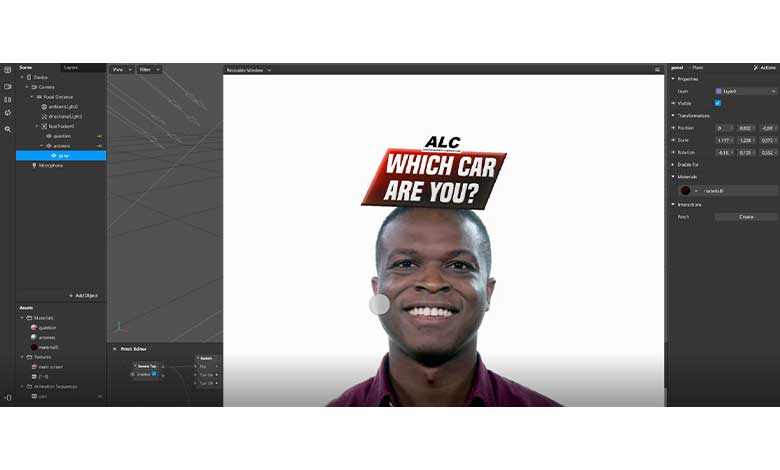
By now, just about everyone has used or is familiar with face filters. When Instagram first launched this popular feature in 2018, there was a limited set for users like you and me to choose from. Before the end of 2019 however, things changed completely. Introducing, Spark AR Studio: Facebook’s augmented reality suite of products. From creating to testing and publishing, Spark AR has something for creators every step of the way. Let’s take a closer look.
What exactly is Spark AR Studio?
First, AR stands for augmented reality. Augmented reality has become a fairly common technology with the rise of “selfies”. The added visual effects within a selfie keeps them interesting, makes them funny, and provides the user with a valid excuse to share it with his or her friends. So, Spark AR Studio is Facebooks software that allows people to develop their own visual effects in the form of a filter that their followers can use. Within Spark AR Studio, there are even tutorials, guides, and templates that creators can access for free. In fact, everything is free.
How is this used for marketing?
One of the first brands to take advantage of this technology via Instagram was Kylie Jenner. With her filter, users were able to virtually try on her lipstick. For a cosmetic brand, the value of allowing users to virtually try on their product is impossible to ignore. But what if you are not a cosmetic brand? Worry not, the possibilities are only just beginning. Any company can create a promotional filter complete with a logo and all. These promotional filters can be fun, and they can be themed to suit your brand, event, or the seasons.
When publishing an effect, you will be asked if it is a promotional effect. This determines where your effect will appear. For promotional effects, users can access a brand’s custom filter by simply following the brand’s page. This makes it a tool to grow the account, connect with the followers, and promote brand awareness.











